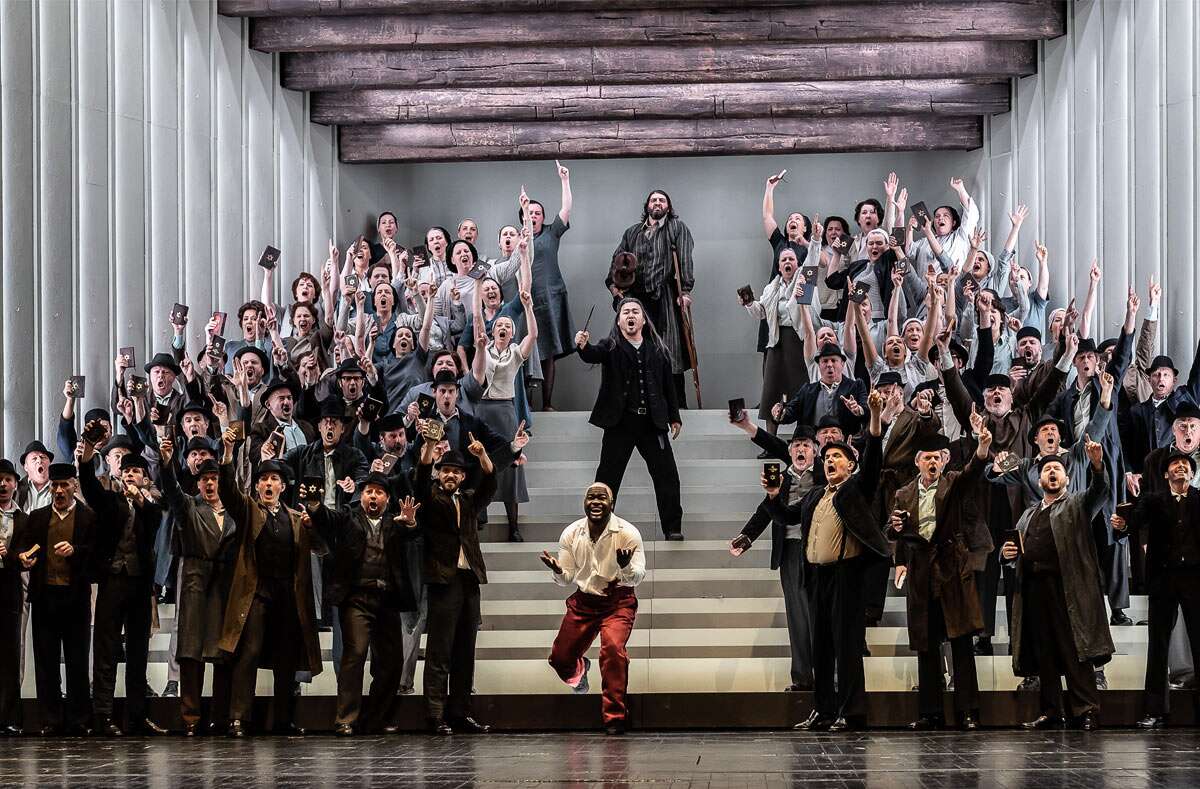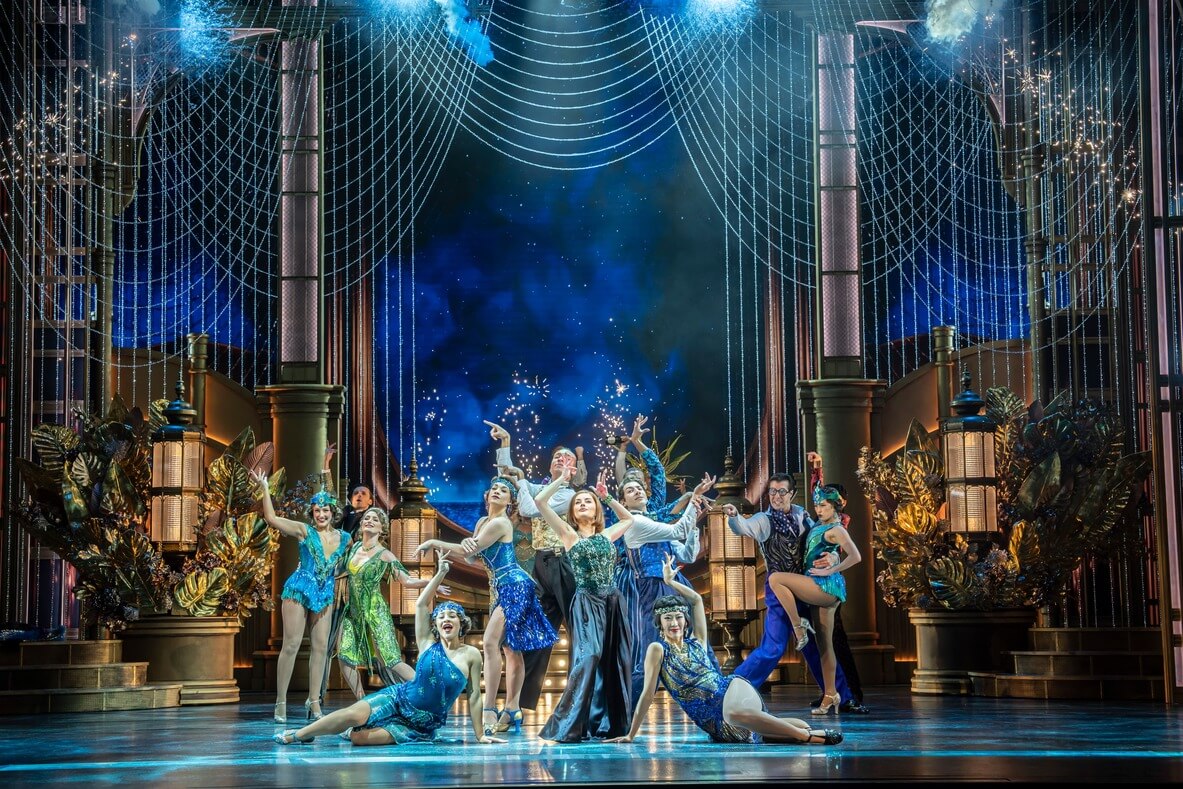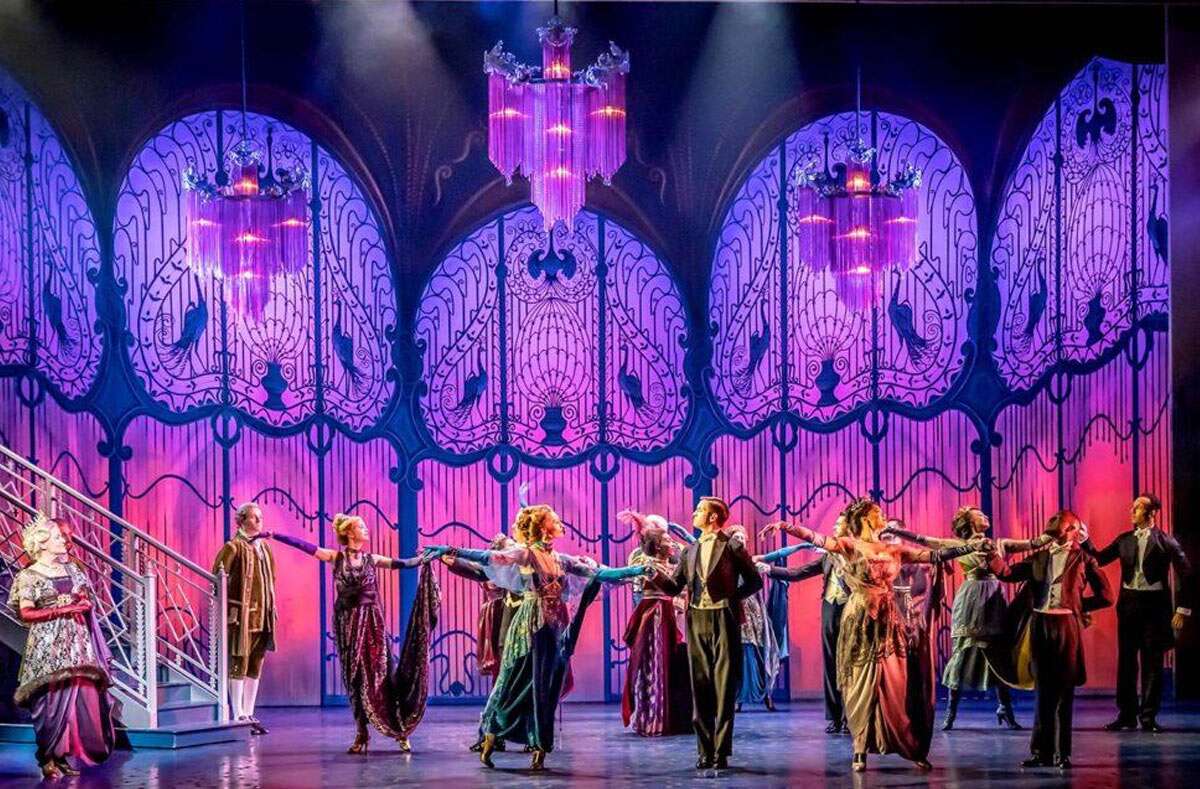By 1892 the opera was being performed in Paris and around the world largely in the form known by audiences today, which in many ways is a sort of oratorio-opera hybrid complete with enormous chorus sections and the particularly memorable mezzo-soprano showpiece arias — Printemps qui commence and Mon cœur s’ouvre à ta voix — which showcase Delilah’s capacity for seduction and fury. Meanwhile, the impassioned tenor role of Samson requires considerable power in the mid-lower register of the male range (in a similar vein to Verdi’s Otello) which demands physical stature and dramatic stage presence to fully realise the passion and vulnerability of the entrapped hero.
In the Levant region, circa 1150BC, Hebrews implore Jehovah to free them from their subjugators. Enraged by Abimélech’s mocking insults of their god, Samson kills his Philistine overlord and is subsequently cursed by the High Priest of Dagon who enlists Delilah’s help in discovering the source of the hero’s physical strength in a bid to subjugate him once more.
 Samson et Dalila at the Royal Opera House. Photograph by Clive Barda
Samson et Dalila at the Royal Opera House. Photograph by Clive Barda
Here in director Richard Jones’ production, the high rapture of Samson’s religious fervour is juxtaposed with his addictive compulsion to keep returning to Delilah as she gradually peels away his layers of resistance. South Korean SeokJong Baek (making his Covent Garden debut) may lack height and a certain sexual confidence when conveying physical lust and desire, but his opening scenes where he rouses the Israelites to overthrow their tormentors, are suitably evangelical and compelling. Elīna Garanča cuts a Mata Hari-esque silhouette as she entices her prey with writhing hips and lascivious smiles and is a commanding powerhouse of insouciant, vengeful deceit. Elsewhere, Samson’s crutch-dependent Rabbi Goderzi Janelidze delivers unsurpassed clarity as he urges restraint and caution when the hero is faced with temptation.
In the first half, set designer Hyemi Shin has resorted to periodically letterboxing sections of the huge Covent Garden stage which, as scenes conclude, open to reveal ziggurat staircases. In the second, she blows her budget with deep orange screens, projections, and the God Dagon depicted as a gold toothed, leering Perspex effigy which wouldn’t look out of place adorning a Las Vegas casino edifice, before Samson brings the house down. The actual building collapse is fairly short-lived and something of an anticlimax as dramatic set pieces go, but with a chorus (which this reviewer would estimate numbered 80) standing beneath, who needs to give health and safety inspectors undue cause for concern?
Antonio Pappano is intimately acquainted with the lush variances in the music, but set an unadventurously measured pace which occasionally could have benefited from some oomph from the orchestra which seemed overly restrained and (like Samson), itching to break free of its shackles.

 Samson et Dalila at the Royal Opera House. Photograph by Clive Barda
Samson et Dalila at the Royal Opera House. Photograph by Clive Barda

